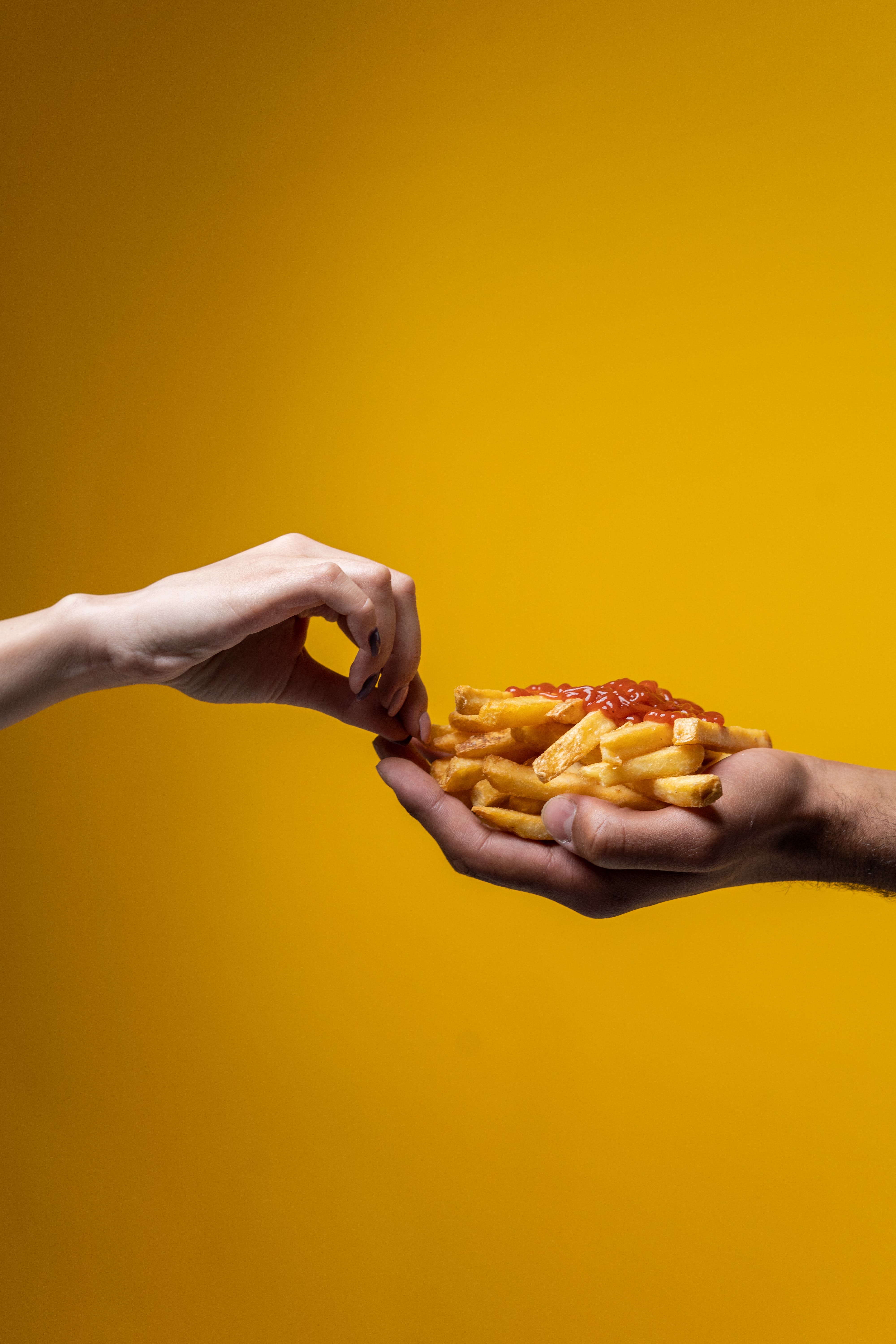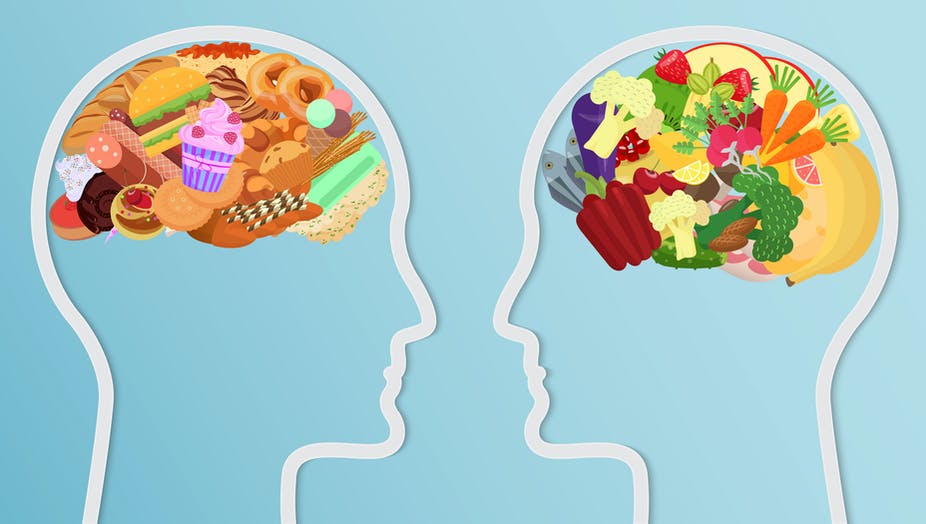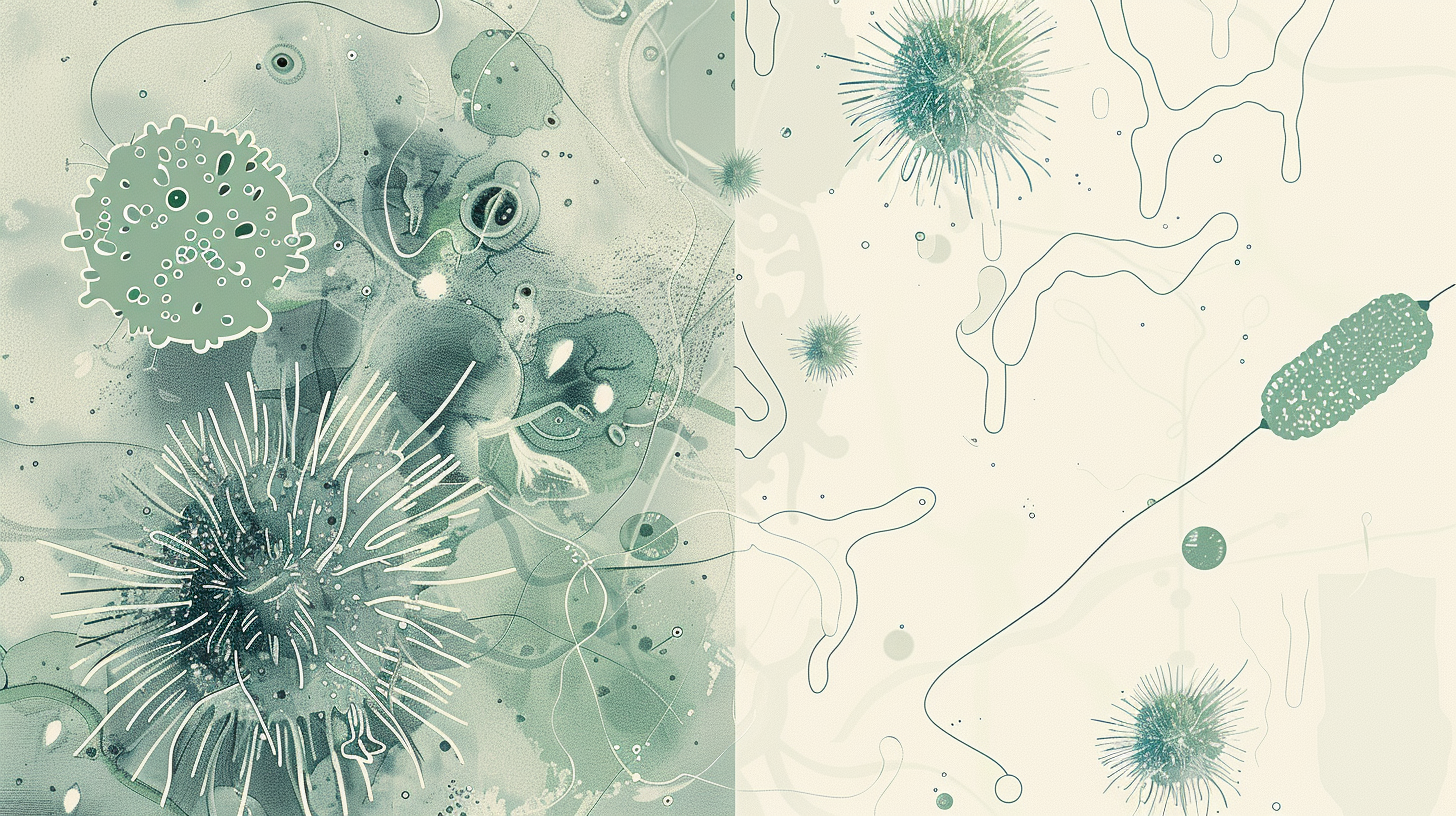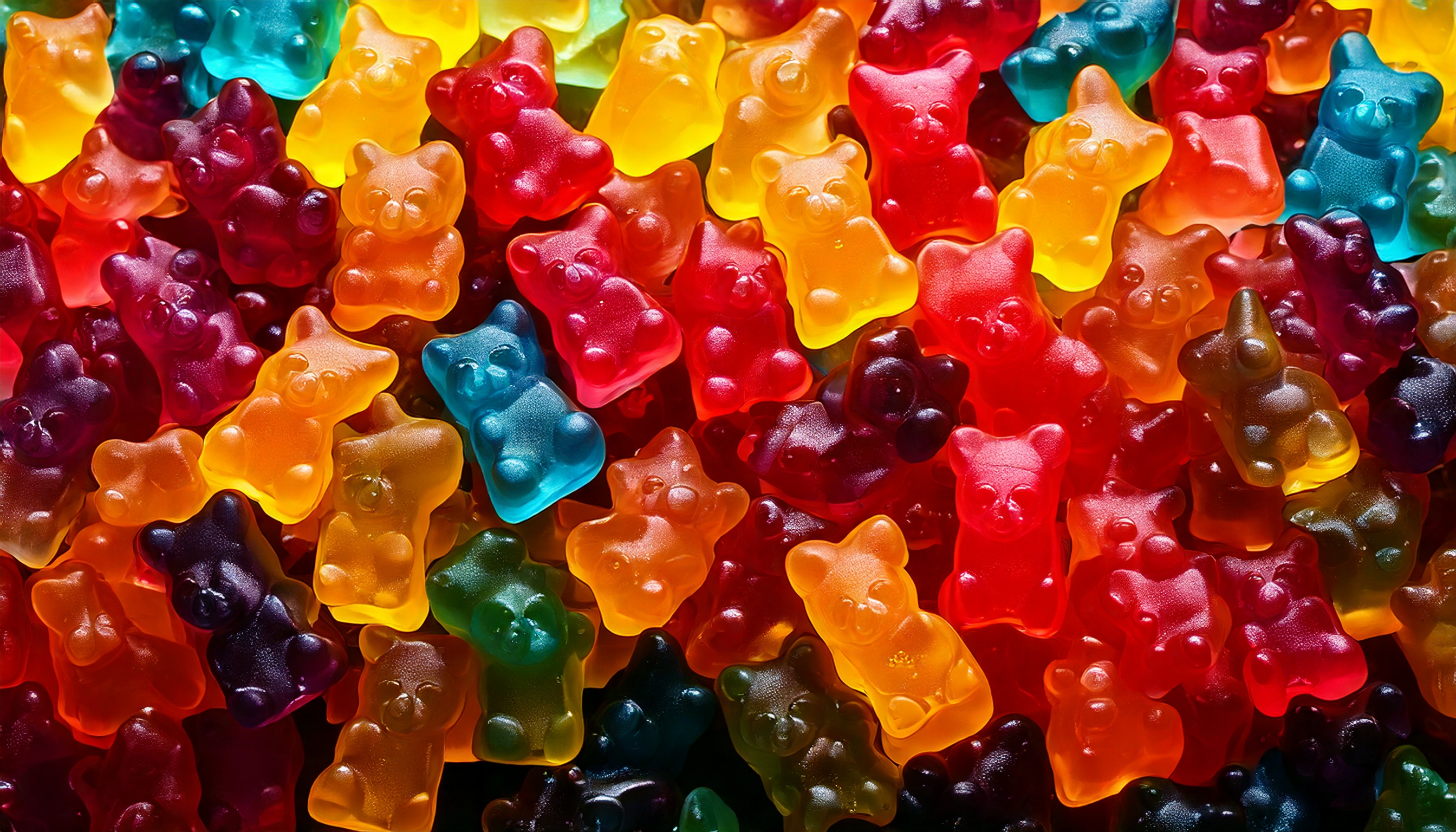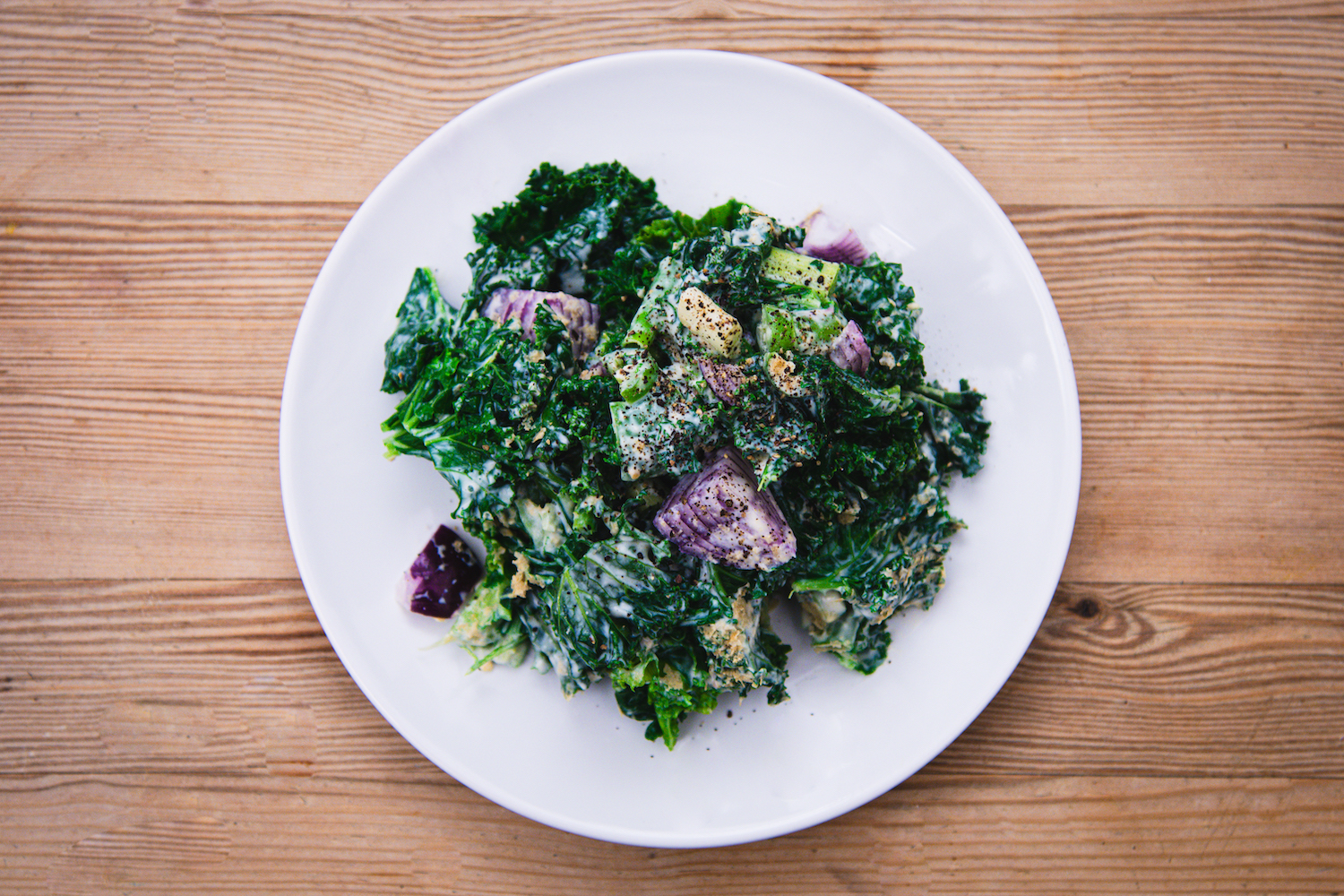When we reach for that extra cookie, slice of pizza or cake, we’re often under an overwhelming spell: food cravings. Still, science is showing us that our gut bacteria and food cravings are connected, influencing our willpower.
Our gut microbes work day and night to aid our digestion and deliver nutrients to our organs. However, they can also manipulate us when they don’t get what they want. Triggered by a low concentration of growth-limiting nutrients, these microbes release toxins that can directly and indirectly manipulate our eating behaviour (1).
How Gut Bacteria Control Your Food Cravings
Your gut bacteria are basically tiny roommates with their own food preferences. When they want specific foods, they can influence your cravings to get what they need – even if it’s not what’s best for you.
Different bacteria have different dietary (substrate) preferences:
- Bacteroidetes excel at breaking down complex carbohydrates and dietary fiber.
- Bifidobacteria flourish in the presence of dietary fiber.
- Prevotella species use carbohydrates as their best energy source.
- Akkermansia muciniphila thrives on carbohydrates secreted by host cells (2).
When these microbes don’t receive their preferred substrates, they can trigger the production of compounds that influence us (3).
Studies have shown that microbes affect food choices in mice and flies, where germ-free mice changed their food preference once a microbiota was given to them (4). In this way, gut microbiomes can interfere with appetite regulation by stimulating the production of auto-antibodies and mimicking satiety-regulating hormones (5).
Gut Bacteria Controls Appetite
The obesity epidemic and increasing number of eating disorders in people globally suggests there is an insufficiency in our basic understanding of altered appetite. Appetite is fundamental when treating such chronic pathological conditions, therefore, it is crucial to understand how our body generates and regulates it (5). Previous research has shown that gut microbial proteins influences the host control of appetite.
Cravings can be reduced by increasing the gut microbiota diversity through probiotics.
The production of peptides in gut bacteria influences food intake as these peptides mimic and interfere with normal appetite regulation. Furthermore, by increasing opioid and cannabinoid receptors and changing our taste buds, the gut microbes can increase appetite. Furthermore, cravings can be reduced by increasing the gut microbiota diversity through probiotics (6).
Your Gut Affects Hunger and Satiety
Our feelings of hunger are coordinated with the diversity of our microbiota. A decline in the size of microbiota diversity is associated with hunger, whereas satiety is a reverse process. When feel satiated when we digest nutrients and the anorexigenic pathways in our brain are activated by the intestinal satiety hormones that are released in the stomach (7) . We often seen a growth in microbes that are responsible for altering the feeling of hunger or satiety in us. For instance, the secretion of hormones such as cholecystokinin regulates the feeling of satiety and hunger when receptors are activated, by binding with bacterial products such as lipopolysaccharides and flagellin (8).
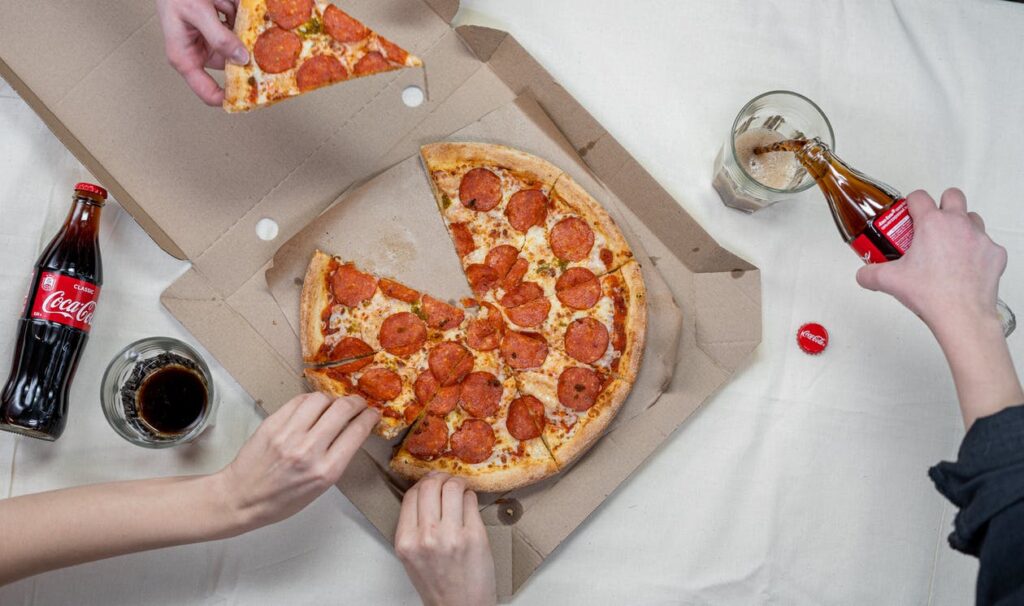
Gut Bacteria and Food Cravings
Gut bacteria can grow on a variety of substrates, however, different bacteria prefer different dietary substrates depending on the amount of energy they can preserve. Bacteroidetes prefer certain types of fats whereas Bifidobacteria can only surpass other microbes in the presence of dietary fiber. Carbohydrates are the best source for Prevotella to grow, and also Akkermansia muciniphila thrive on carbohydrates secreted by the host cell, without depending on other dietary substrates. This means that low concentration of any of these nutrients can trigger increased virulence toxins in microbes that can cause damage to the host. These toxins can be altered by sugars and other nutrients (1).
Therefore, when you crave for chocolate cake, pizza, or junk food, you can blame it on your gut bacteria. However, it is up to you to create a healthier microbiome environment and increase microbiota diversity by adding variety to your diet, eating more fiber and embracing a regular exercise routine.
